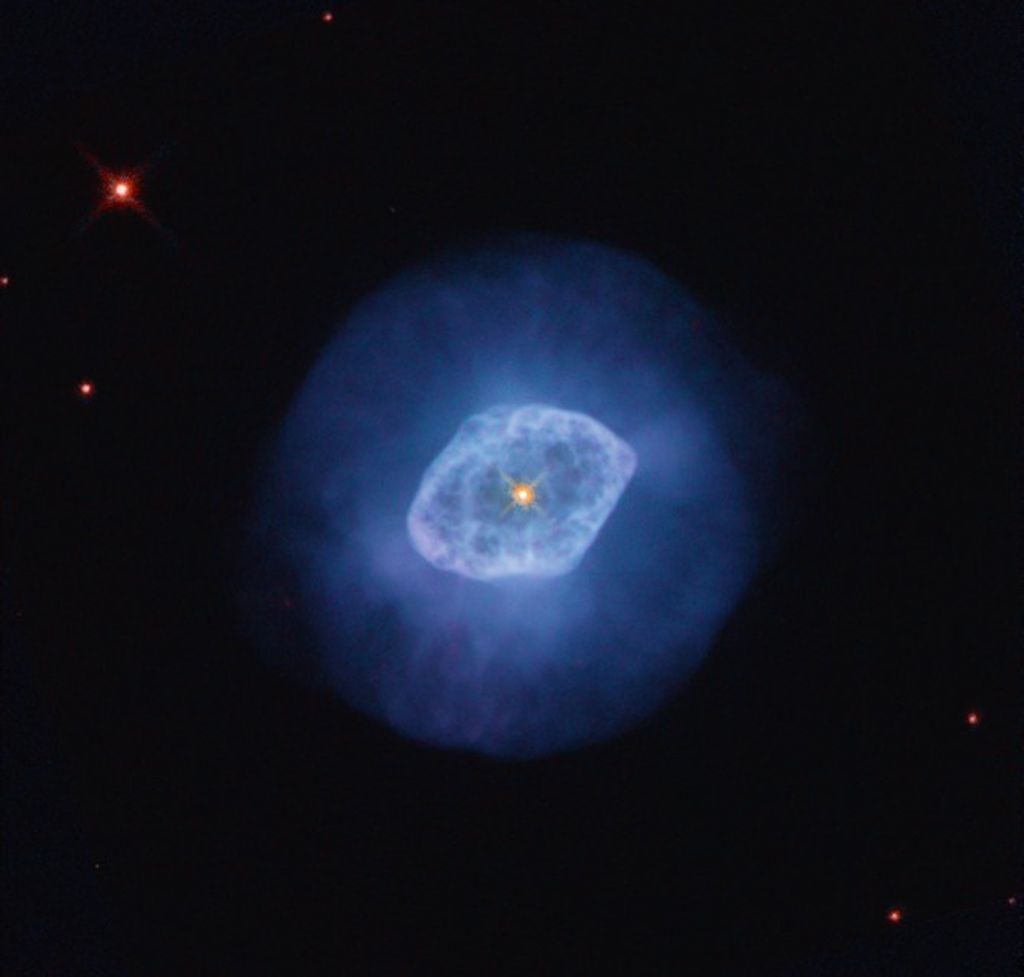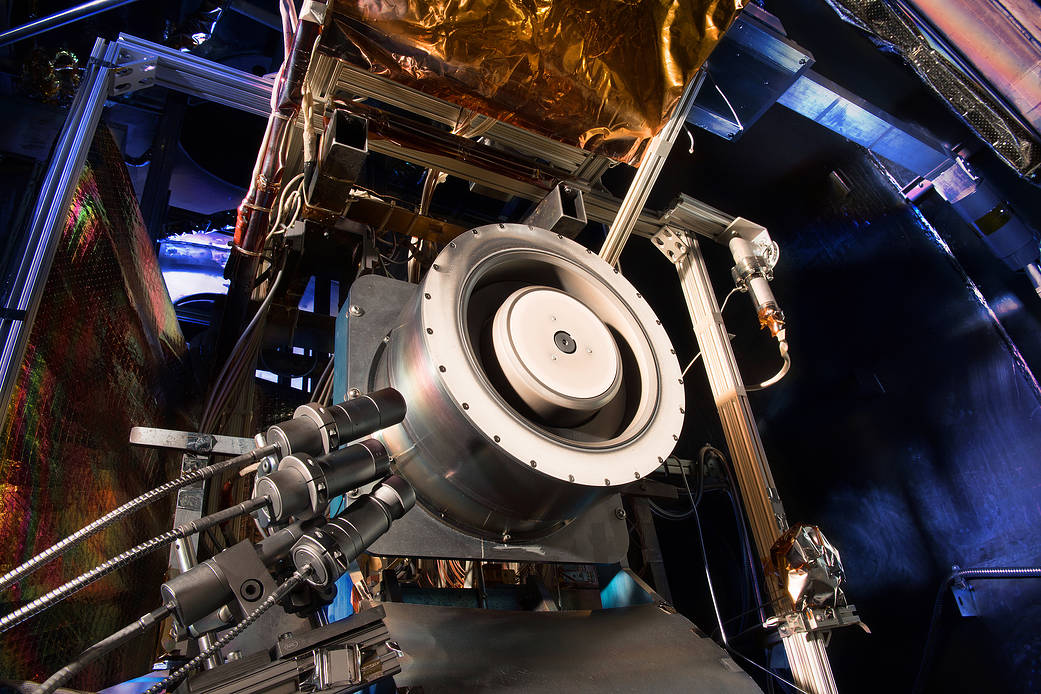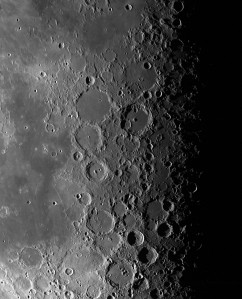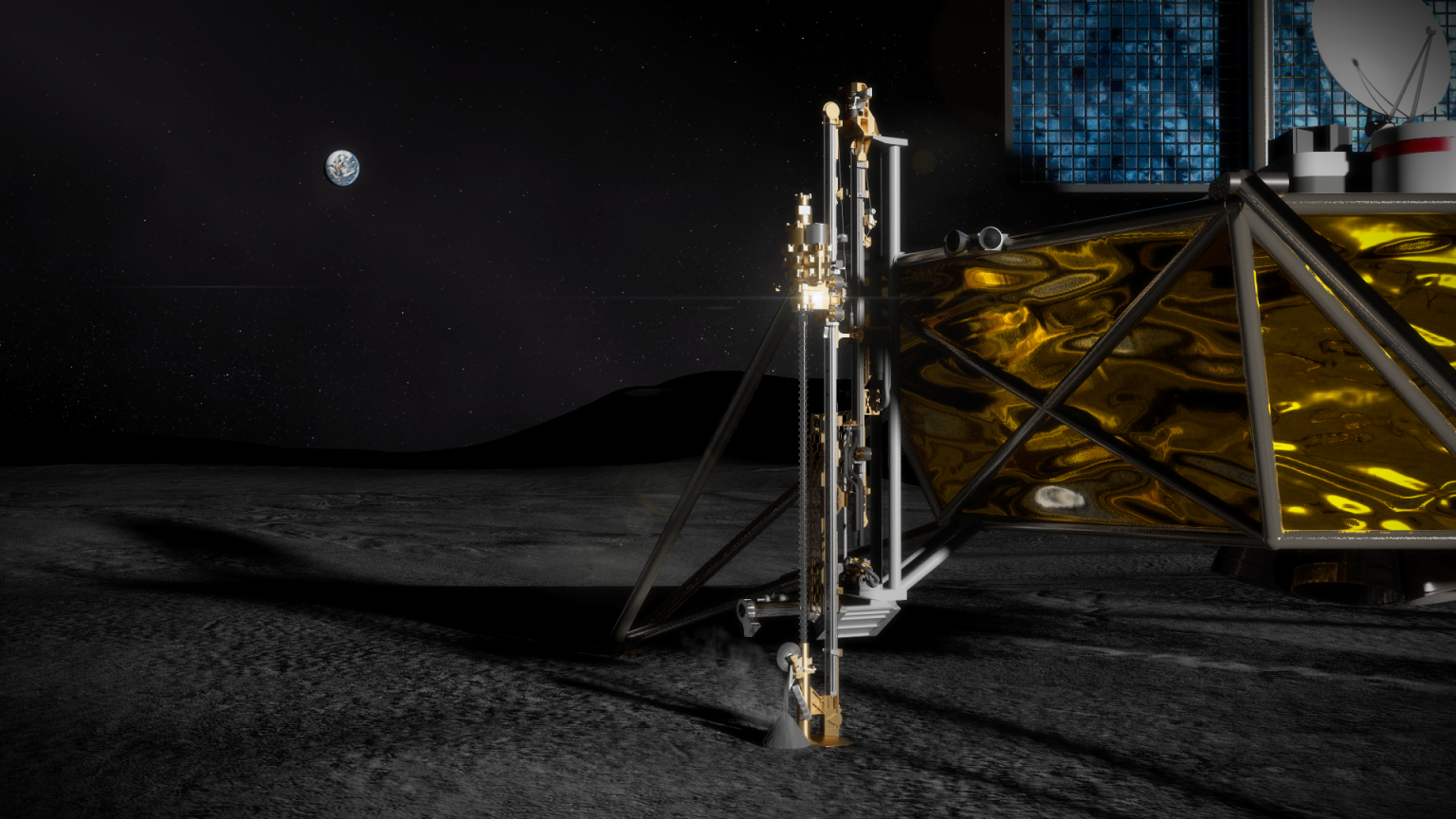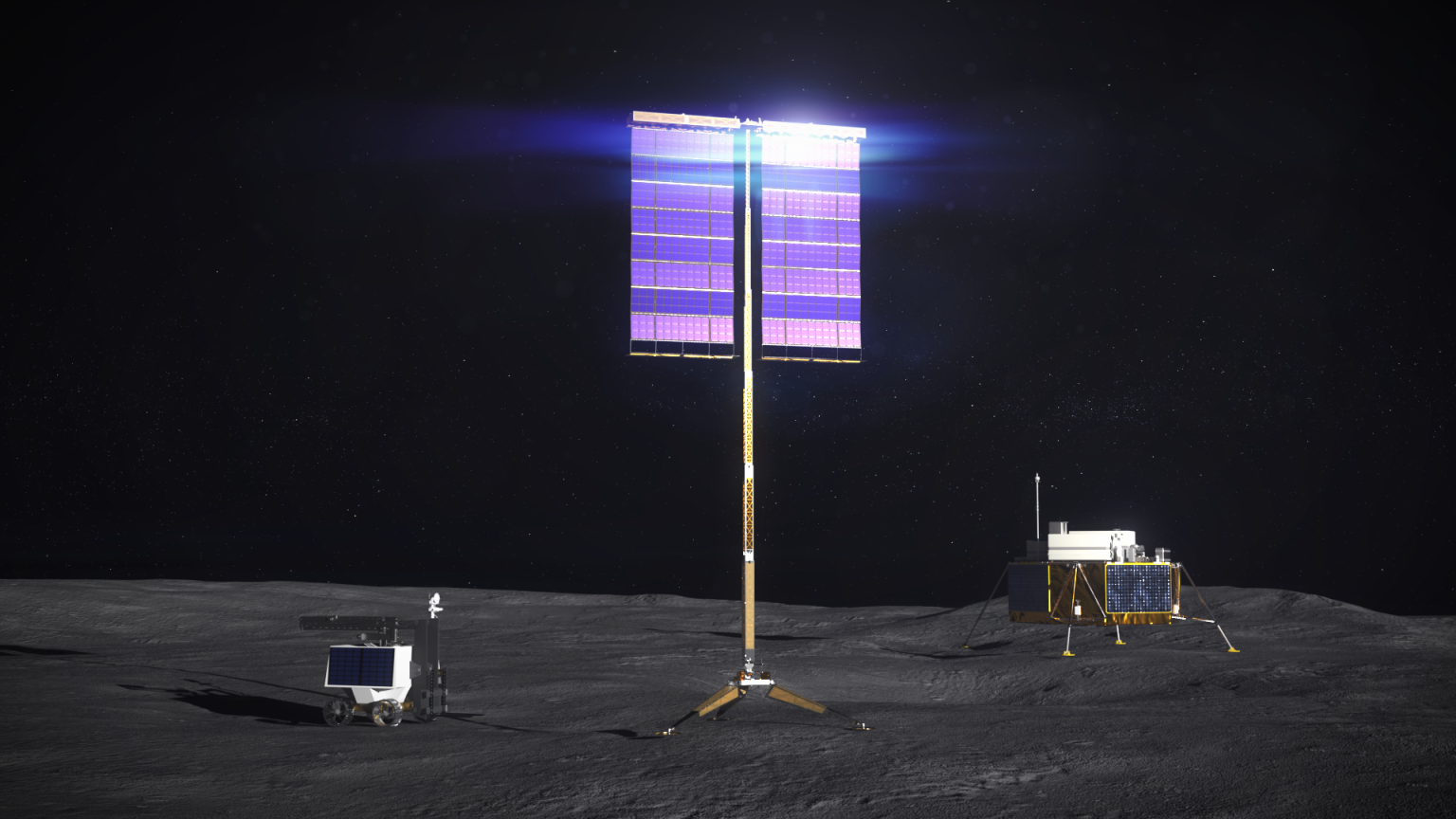Note: Please note that this is an “archived project” and is no longer updated. This article is meant for historical purposes only.
The objective of the Advanced In-Space Propulsion (AISP) project is to develop a portfolio of advanced chemical and electric propulsion systems to support future NASA Science Mission Directorate (SMD) and Human Exploration Mission Directorate (HEOMD) missions. The project will typically advance propulsion concepts from technology readiness level (TRL) 3 to a TRL of 5 or greater, with the intent of transitioning technologies to our partners for incorporation into flight demonstrations. The technologies will all be selected to fill technical gaps identified by the Agency as critical for human exploration. Advanced propulsion technologies have all been identified as being critically important for a variety of elements and missions being studied by NASA’s human spaceflight architecture teams. The project will also support the needs described in the Office of Chief Technologist roadmap technology, specifically:
TA2 In-Space Propulsion Technologies
TA2.1 Chemical Propulsion
TA2.2 Non-Chemical Propulsion
Current activities in the portfolio include:
Microfluidic Electrospray Propulsion (MEP). A high priority initiative within the Space Technology Mission Directorate is the development of low mass, lightweight micro- thruster technologies required to enable variable thrust propulsion, stabilization and precision pointing of satellites. However, current state-of-the-art micro-thruster propulsion systems are considered high in mass and inefficient. This project seeks to develop novel, mid-TRL technologies that have the potential to radically change propulsion capabilities for very small satellites as well as offering a low mass and power alternative for attitude control systems for larger satellites. Several studies have shown that micro-thrusters could replace attitude control systems and reaction wheels on large spacecraft resulting in large mass savings and increases to mission reliability. This technology can also enable other game changing propulsion capabilities for micro-scale to very large deployable spacecraft structures. There are several areas that encompass micro-propulsion technologies.
In September 2013, NASA Space Technology’s Game Changing Development (GCD) program awarded 18‑month Phase I contracts to three teams from Busek Co. Inc., Massachusetts Institute of Technology and the NASA Jet Propulsion Laboratory. The teams are developing MEP systems from an experimental concept to a system validated in a relevant environment. The three concepts include the High Aspect Ratio Porous Surface (HARPS) microthruster system, the Scalable ion Electrospray Propulsion System (S‑iEPS), and an indium microfluidic electrospray propulsion system.
High Temperature Boost (HTB) Power Processing Unit (PPU): The end goal of the HTB PPU Project is to develop, demonstrate and deliver a new technology enabled, high temperature operational, modular and power-scalable 10-80kW PPU that significantly advances current capability and performance over existing PPU technologies and reduces the mass and volume of power systems. The technology path is to develop a 10kW modular Silicon Carbide (SiC)-based PPU.
















